Get to know your feet, don’t set out in wet trainers, and don’t be too hasty to buy new shoes - here’s everything you need to know about getting your running gear right in 2022.
Dr Ginny Coyles is a Lecturer in Sport and Exercise Biomechanics at Liverpool Hope University.
She’s a specialist when it comes to the influence your choice of footwear can have on the impacts your body has to absorb while pounding the roads and trails.
And if you’re taking up jogging for the first time as a New Year’s Resolution, or you’re looking to crank-up the amount of miles you cover each week, it’s vital you look to your trainers as a way of warding-off potential injuries.
Dr Coyles, who has worked with the English Institute of Sport and is a former Team GB athlete in Canoe Polo, reveals: “When your feet impact the ground, you experience a force or ‘shock’ that travels up through the leg and which your body then has to adapt to.
“Depending on the severity of impact, your body will adapt in different ways - in terms of changes in joint and foot positioning, alongside the activation of the of the muscles that ultimately control the ‘stiffness’ of the leg.
"The body has its own natural shock absorbing systems and essentially it acts like a giant spring to deal with some of these impacts. You also have small fat pads under the heel and ball of your foot that give your foot its own cushioning, even without shoes.
“However, your choice of footwear can also have an enormous impact on how well your body is able to cope with the forces generated while running.”
Dr Coyles says something called ‘joint kinematics and kinetics ’ are at play - the changes in joint angle and joint positioning that can affect the forces experienced when you run.
And she adds: “When you run, every time your foot hits the ground you experience around two-and-a-half to three times your own body weight with each impact. It’s the equivalent of you plus two people sitting on your shoulders for a split second. With sports like the Triple Jump it’s even worse - up to 12 times your own body weight.
“And if you’re a runner, one stride isn’t a problem, but when you are doing hundreds and hundreds of strides, you need an understanding of what the body experiences and how it reacts to that loading if you’re going to keep injuries at bay.
“One of the big problems isn’t the size of the load generated through running, it’s how quickly it’s applied. For each stride, as soon at the foot contacts the ground you experience what’s called an ‘impact transient’ - an initial peak in the force where the the body is absorbing the ‘collision’ of your foot and body weight with the ground, and then a second force peak as you push off for your next stride. The steeper the curve is at impact, the more injurious it’s likely to be.
“And this is where appropriate footwear comes in - because it actually slows down that speed of the loading rate.”
So, what do runners need to know about how their footwear can help to prevent injuries? Here Dr Coyles, from Hope’s new School of Health and Sport Sciences, explains all:
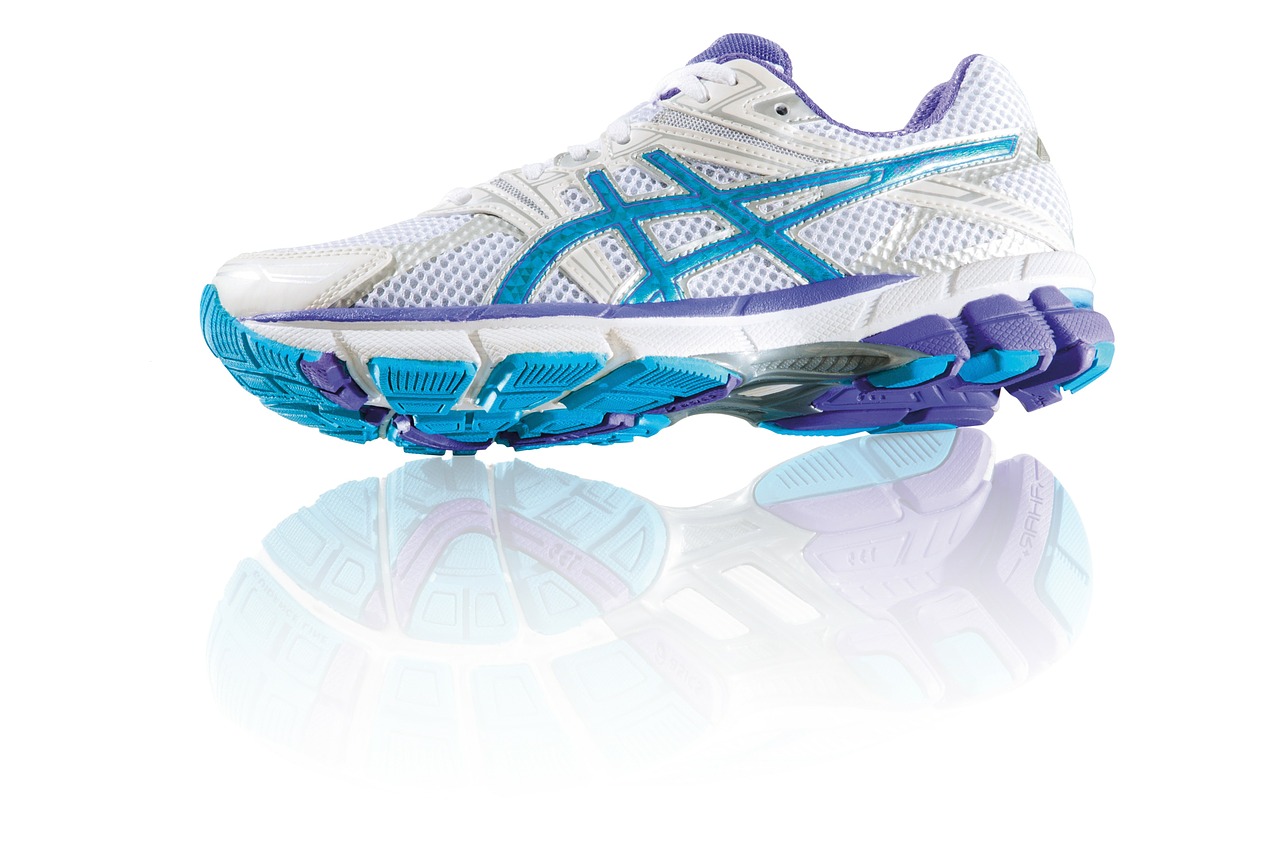
Get intimate with your feet
Dr Coyles says: “Runners need to educate themselves about how their feet actually make contact with the ground. And remember that your feet have a bearing on everything going upwards - ankle, knee, hip, spine and even neck. So choosing the right shoes that’s appropriate for your own type of ground contact or foot style is key. If you’re a normal, everyday runner, you’re likely to have a ‘heel-to-toe’ contact style, i.e. your heel contacts the ground first. If that’s the case, choosing trainers with a well-cushioned heel is going to be crucial. But if you’re perhaps a more experienced runner, you might make contact with the ground with your forefoot first, in which case you may consider a different sort of shoe.”
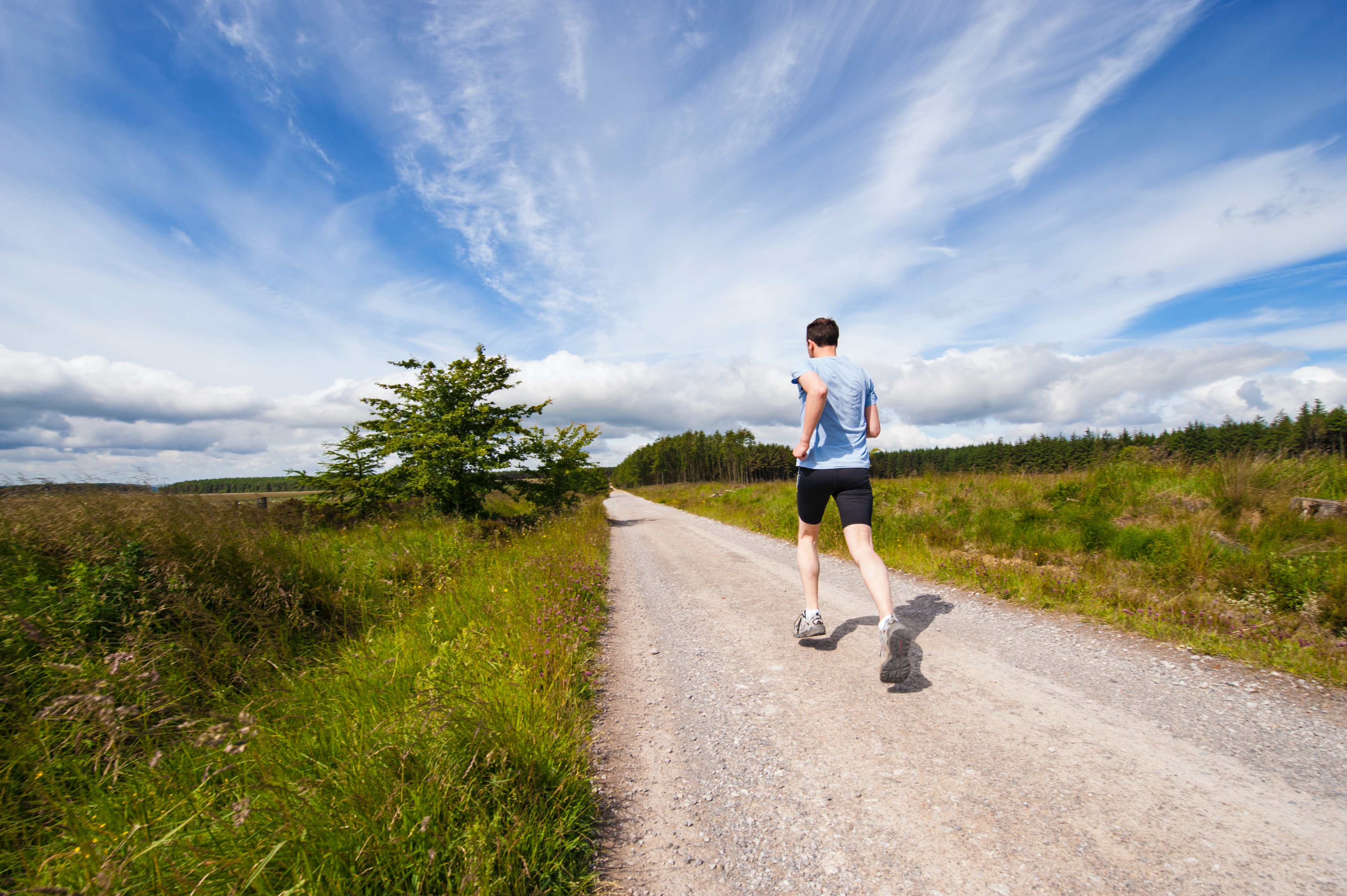
How your foot contact makes a big difference
The point where your foot contacts the ground will direct the forces differently through the body, for example with a forefoot contact you are relying on the foot and ankle as the shock absorbers, whilst for a heel contact, the knee is the main absorber, so this may reflect where you experience any strain or pain. In addition to the region of the foot that you make contact the ground, i.e the heel, mid-foot or forefoot, the side-to-side movement - aka 'medio-lateral' - of your foot is also critical You might have a neutral foot motion. Or you might be an ‘over-pronator’, where your feet roll excessively inwards as you hit the ground. Or you could be an ‘over-supinator’, where your feet hit the ground on the outside part of your sole. The important thing to know is that you can get different footwear to correct for different types of foot movement - but you need to know your own feet first!”
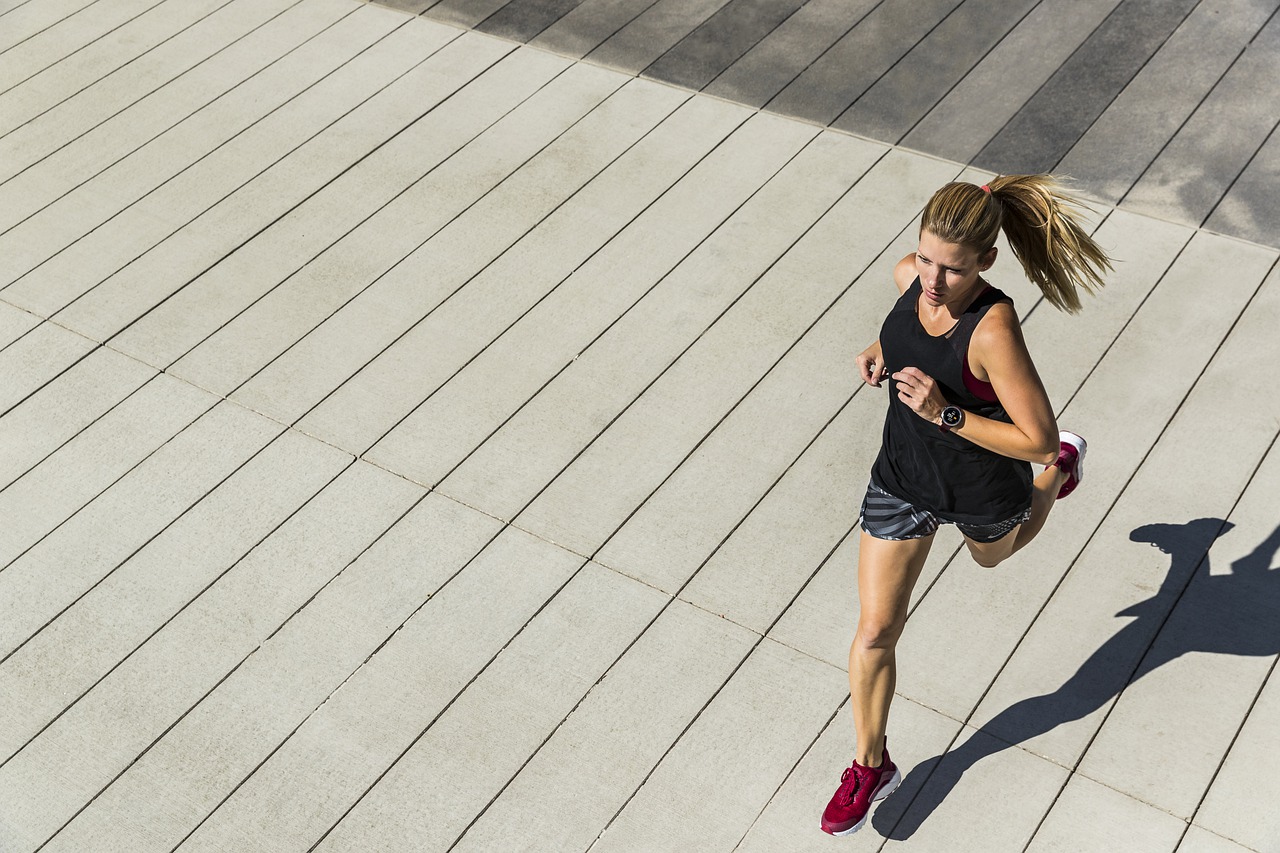
You might not need expensive ‘gait analysis’
Many dedicated running stores offer what’s called ‘gait analysis’, where someone’s stride is recorded on video while running on a treadmill so that the correct shoe can be selected for that person’s individual ground contact style.
But that can be expensive - and Dr Coyles suggests: “The easiest way to check is just to look at the bottom of your shoes, and you’ll likely be able to see what foot type you are by the wear pattern. If you wear on the outside heel and the inside of your toe, that would suggest you’re a neutral runner. If you wear more on the outside of your foot, you’re an over-supinator, and if you wear on the inside of your foot, you’re an over-pronator. Once you know this, you can find trainers that match your foot control pattern.”
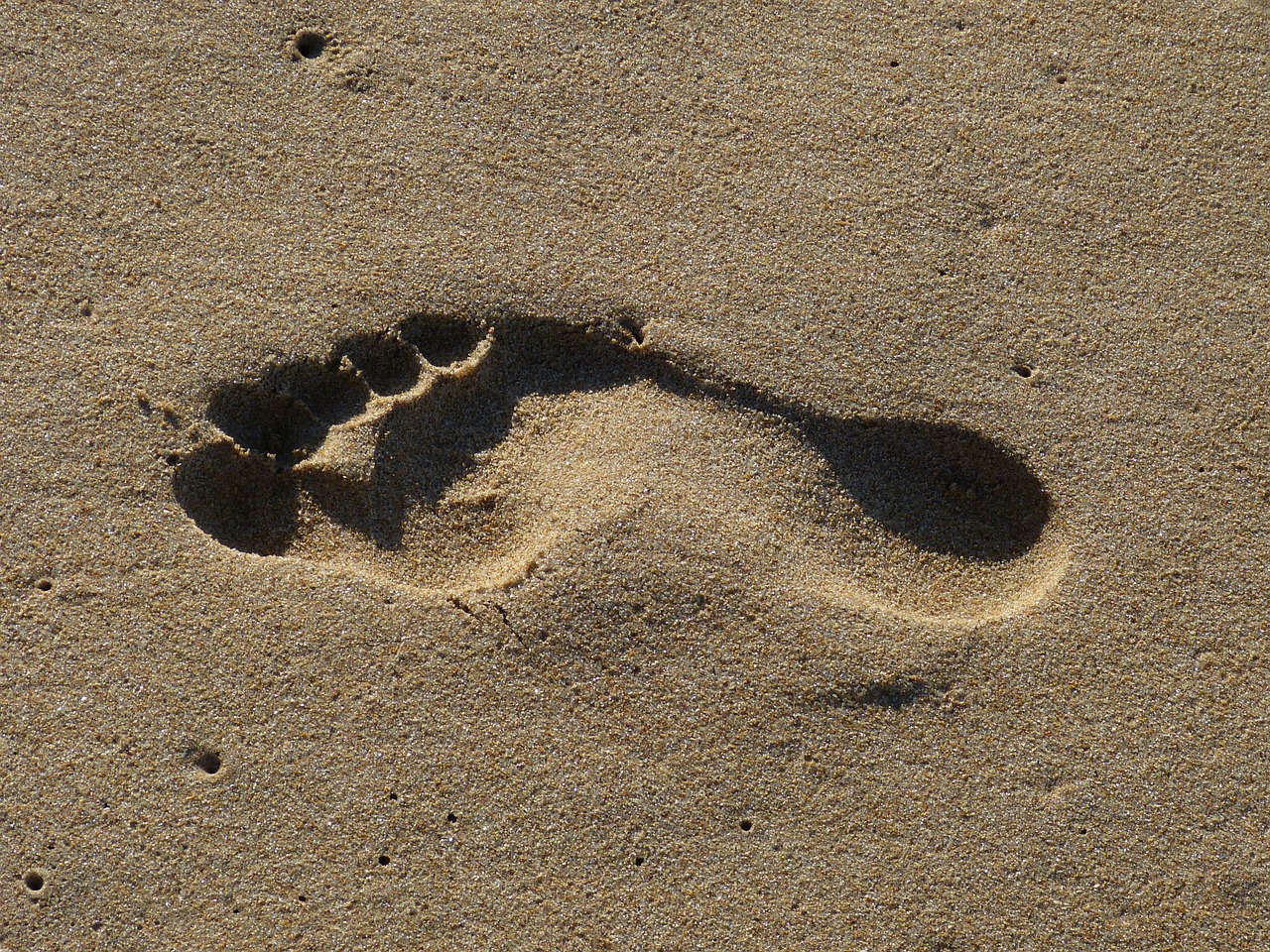
Hit the beach
“Another top tip is to walk in sand - or snow if you’re brave - to understand the make-up of your feet, particularly your arch height. If you’ve got a more rigid foot you’re likely to have a higher arch, which is likely to mean you’re an over-supinator. If you’ve got a relatively flat foot and you can see your full foot shape in the sand, you’re likely to be an over-pronator because you’ve got a lower or more flexible arch. There are pros and cons to both foot shapes when it comes to injuries, and there are some common injuries linked to your type of foot contact and motion.”
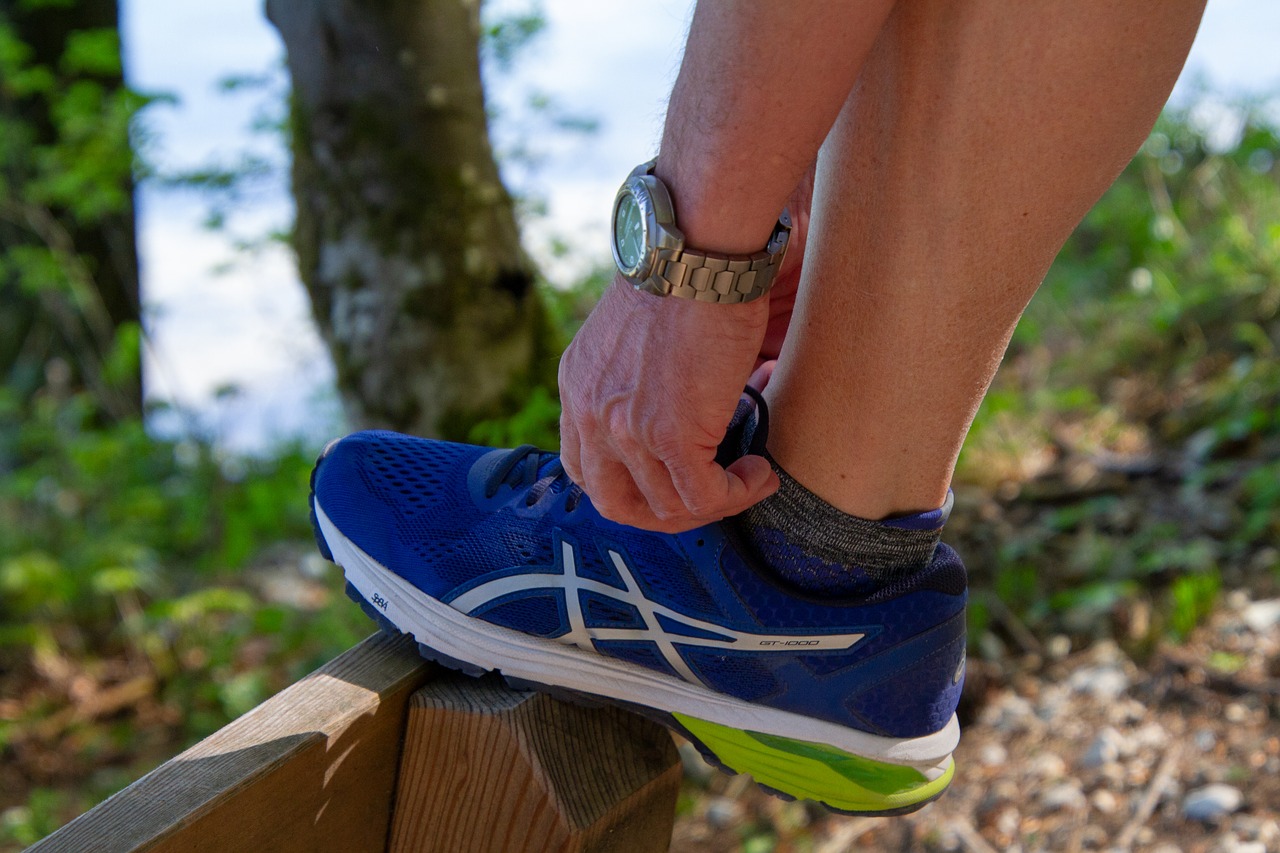
Shin splints and knee pain
“If you under-pronate - primarily in a supinated position on the outside of the foot - or you are very flat footed, the shock experienced at impact is not transmitted through the leg effectively. You don’t have the benefit of the foot’s own shock absorbing systems and, essentially, this results in an overload of the muscles and tendons in the lower leg, along with increased the strain on the bone, which can lead to shin splints or even tibial stress fractures in extreme cases.
On the flip side, if you over-pronate there can be a conflict between the rotation occurring around the upper leg, lower leg and foot, which may lead to increased stress at the knee resulting in injury, such as ‘patellofemoral’ pain around your kneecap. This is also known as the dreaded ‘runner’s knee’. But the correct shoe choice to control or correct foot movement may alleviate these issues.”
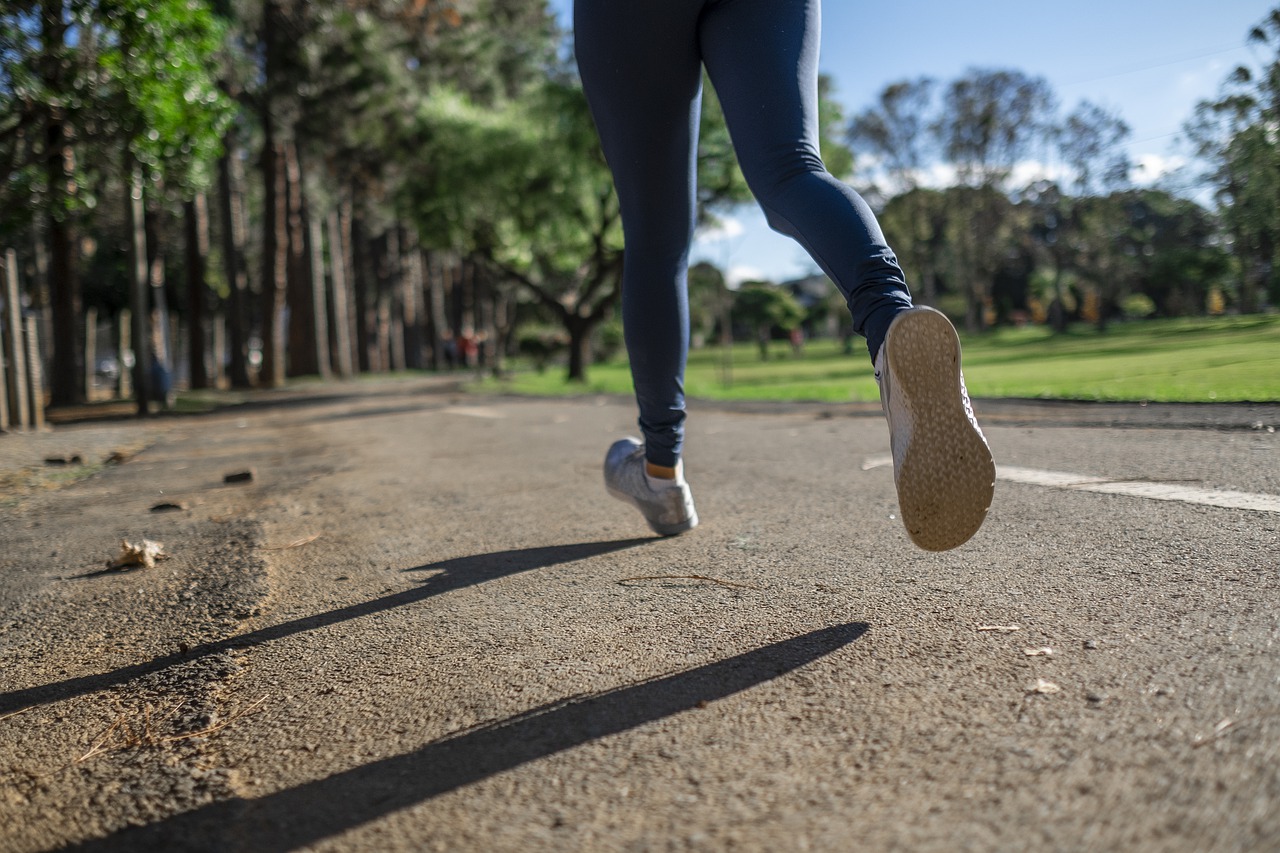
Plantar fasciitis
“Plantar fasciitis is another common injury for runners, particularly heel-strikers. It is essentially heel pain caused by inflammation of the band of soft tissue running from your heel to your toes and can potentially be worsened by worn shoes with inadequate support and poor cushioning. Finding the right shoe for you that provides appropriate foot control, alongside improved cushioning, may help reduce the risk of injury alongside progressive training. The addition of appropriate insoles in your shoe may also reduce the risk of pain in all of these cases, particularly if you can’t find the ideal shoe for you.”
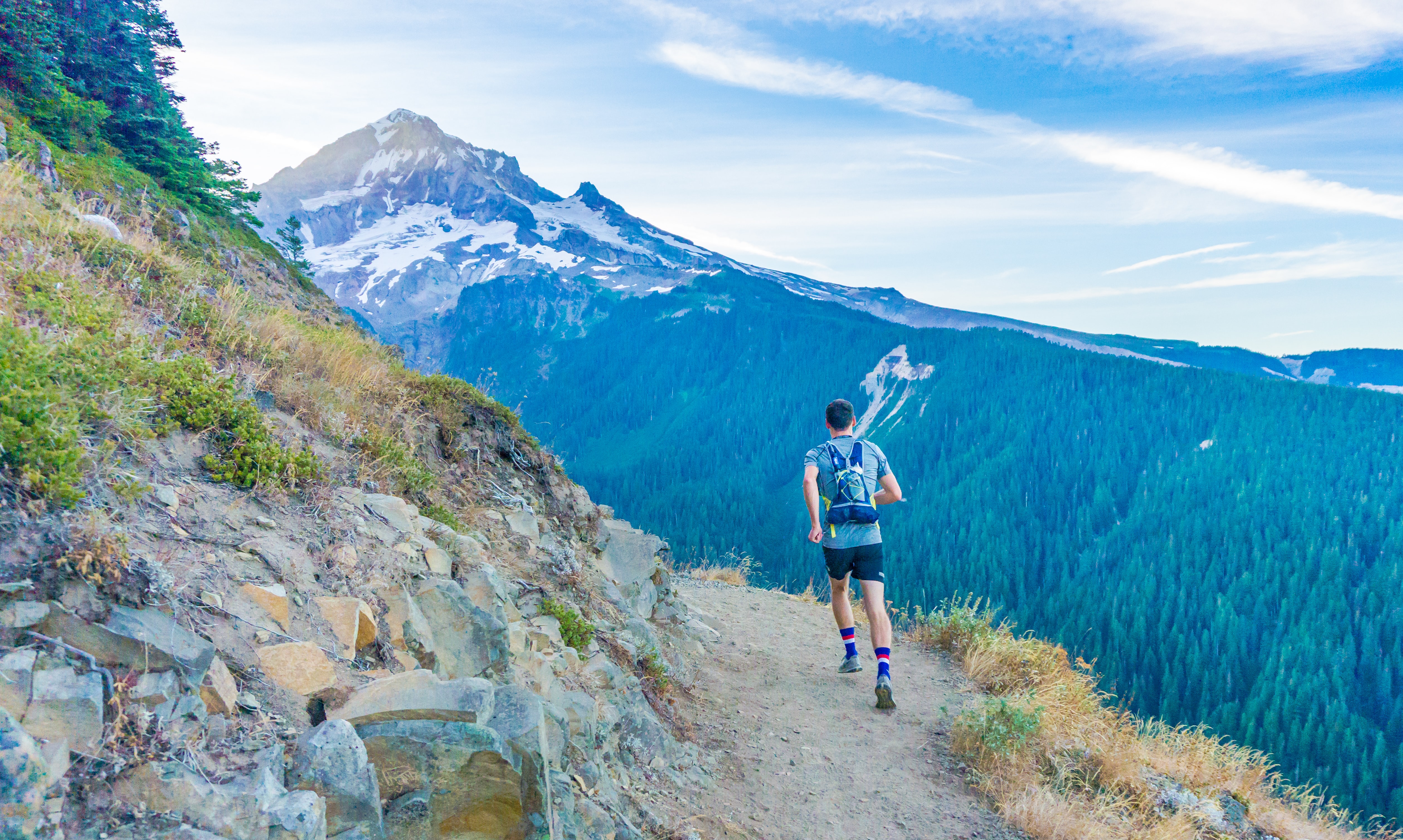
Is there a benefit to tattered trainers…?
“Trainer manufacturers say you should change your shoes every 400-500 miles of running. That’s just a ball-park figure. And a more reliable measure is to actually look at the state of your shoes, particularly the cushioning in your heel. If your heel is really compressed and doesn’t go back to its normal shape, then it’s not functioning to the best of its ability. Have a look at the ‘heel counter’ - ie, the inside back of the shoe where it meets the rear of your ankle. If that’s skewed and breaking down it’s not controlling the foot as when it was new.
But, having said all of this, your body will adapt to your worn shoes to reduce the amount of force it is experiencing as the body off-sets itself, although long-term, this may not be the best approach to reply on!. And you often have runners who experience pain when they first use a brand new pair of trainers - simply because your body has adapted to your old pair. It’s something you should definitely be mindful of when swapping shoes. Treat it as if you’re going from no training to starting a new running regime and try to introduce the new shoe into your training gradually. The body needs time to adjust to them.”
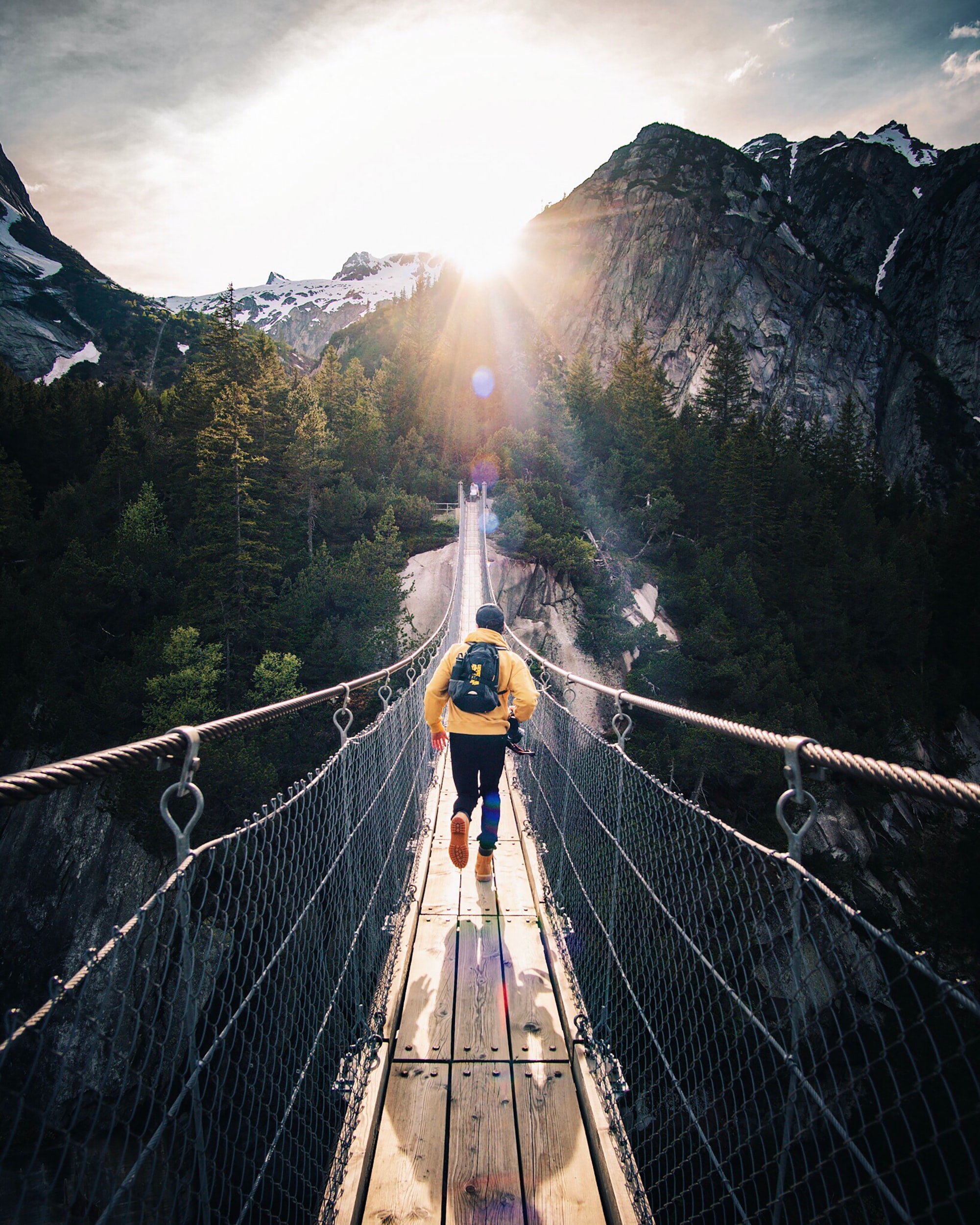
Size is important!
“This is a really common mistake for a lot of runners, and it’s really important. Your feet often swell when you run and your feet can also spread under loading, because your foot is not a rigid structure. So, if your trainers don’t have room for this movement you’ll experience friction and blisters - and potentially other injuries. Of course, you need to make sure there’s not too much room in your trainers, as that can also lead to injuries as they’re not giving you enough control. Try lots of different shoes and manufacturers to find one that suits your feet best and make sure you wear the socks you would use when running when you go to buy your shoes.”
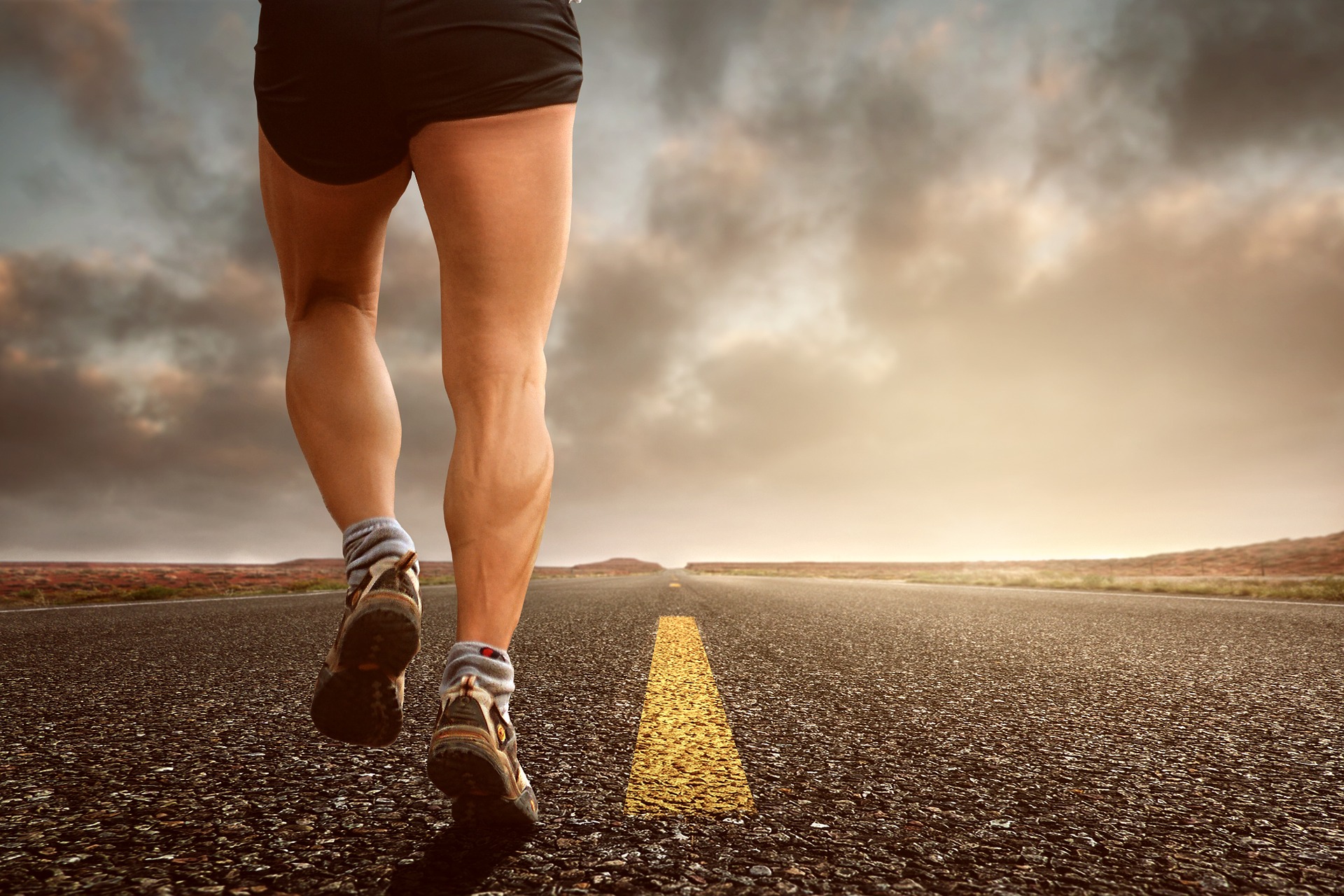
What type of running are you doing?
“If you’re running off road through muddy trails, you’ll need a different shoe to one that’s built just for road use. That sounds obvious but it’s really important to bear in mind. A shoe is there to offer protection and control. And part of that control involves the friction between the ground surface and the shoe itself. Trail shoes offer a combination of good grip as well as good cushioning. But if you’re running on trails, you don’t actually want a shoe with too much cushioning, as you’ll then get too much foot roll on undulating ground, which causes too much ‘mediolateral’ movement, and can ultimately cause issues with the ligaments and tendons around the ankle. The higher the shoe, the greater the turning force - or torque - around the ankle. For off-road running, you’re better off with a shoe with a lower profile.”
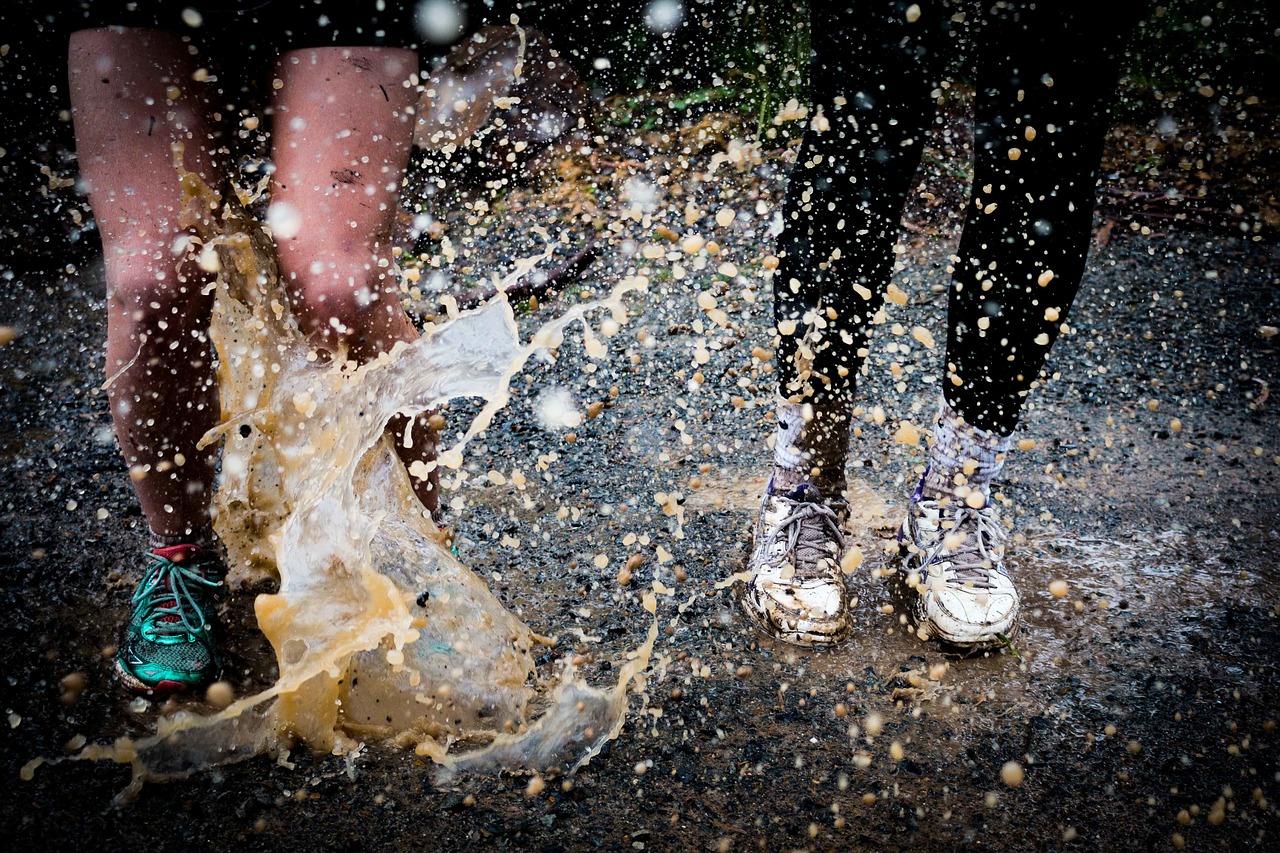
Avoid setting out in wet trainers
“The weight of your shoes is really important - and wet shoes obviously make them much heavier than when they’re dry. Performance trainers have, over the years, got progressively lighter and lighter. And when you have less mass to move, you’re more efficient. You don’t have to exert as much energy with each stride and you’ll put less stress on the muscles. And it’s the same with everyday running. Even small differences in the weight of your shoes can have a big effect. So, try to make sure they’re dry before you set off - and clean all the mud off them when you get in. And they smell when you bring them in your house, keep them in a bag!”



